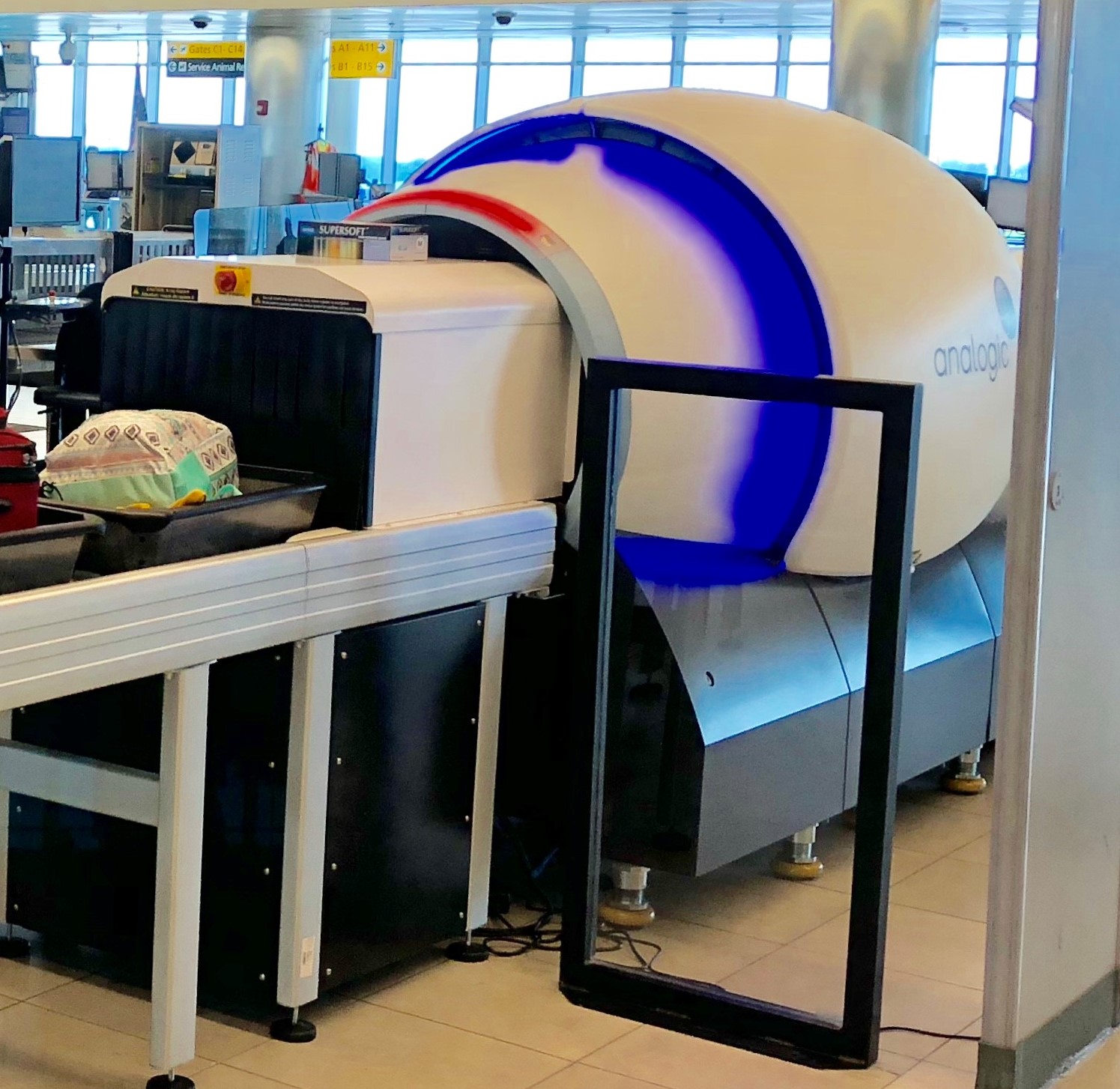 A CT scanner at a TSA security checkpoint provides state-of-the-art technology that has enhanced security screening capabilities. (TSA photo)
A CT scanner at a TSA security checkpoint provides state-of-the-art technology that has enhanced security screening capabilities. (TSA photo)
ITHACA, N.Y. – A new advanced technology computed tomography checkpoint scanner (CT) that provides state-of-the-art 3-D imaging was installed this week at the Transportation Security Administration (TSA) checkpoint at Ithaca Tompkins International (ITH) Airport.
The new unit provides critical explosives detection capabilities by applying sophisticated algorithms for the detection of explosives by creating a 3-D image that can be viewed and rotated on three axes for thorough visual image analysis by a TSA officer using a touch-screen. If a bag requires further screening, TSA officers will open and inspect it to ensure that a threat item is not contained inside.
“TSA remains committed in getting the best technology to enhance security and improve the screening experience. Our use of CT technology improves the traveler’s experience at the checkpoint because it allows them to keep their electronic devices inside their carry-on bags, which is a convenience. At the same time, it enhances our security by improving our threat detection capability at the checkpoint,” said Bart R. Johnson, TSA’s Federal Security Director for Upstate New York. “TSA’s current screening technology for carry-on bags uses 2-D images. The CT technology applies sophisticated algorithms for the detection of explosives, including liquid explosives and other threat items,” he said.
This new technology creates such a clear image of a bag’s contents that the system can automatically detect explosives, including liquids, by shooting hundreds of images with an X-ray camera spinning around the conveyor belt to provide TSA officers with the three-dimensional views of the contents of a carry-on bag.
TSA officers can rotate the on-screen 3-D image of the contents of a carry-on bag to get a better look at what has been packed inside. “This ability to manipulate the view to better see the contents inside a bag assists the officers’ ability to determine what may have caused an alarm. The improved on-screen imaging often allows the officers to resolve the alarm, resulting in fewer bags needing to be opened and inspected,” Johnson said.

